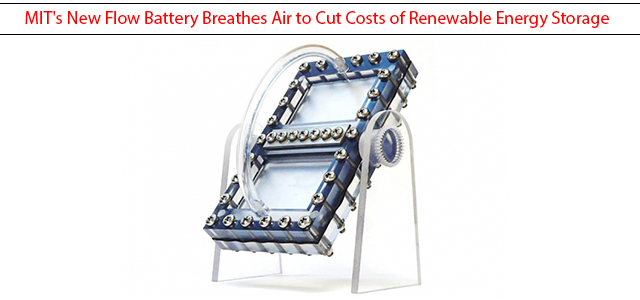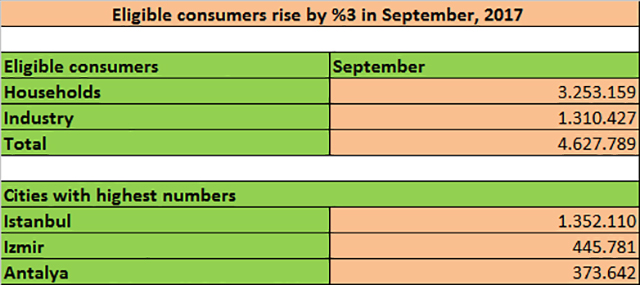
Renewable energy might be clean, but it's not always reliable if the Sun ducks behind clouds or the wind slacks off. To counter that variability, the grid will need to combine a range of different sources, such as solar, wind, hydro, waves, and biomass, with large-scale energy storage systems. Now, an MIT team has developed a new type of battery that could fit the bill. It breathes air, and can store energy long-term for about a fifth of the cost of existing technologies.
The new design is a rechargeable flow battery, meaning its cathode and anode components are liquids (catholyte and anolyte) that pass ions back and forth to store or release energy. In this case, the anolyte is made up of sulfur dissolved in water, and the hunt for an equally abundant material for the catholyte led the team to an oxygenated liquid salt solution.
"We went on a search for a positive electrode that would also have exceptionally low cost that we could use with sulfur as the negative electrode," says Yet-Ming Chiang, co-author of the study. "Through an accidental laboratory discovery, we figured out that it could actually be oxygen, and therefore air. We needed to add one other component, which was a charge carrier to go back and forth between the sulfur and air electrode, and that turned out to be sodium."
The clever part of the battery is the fact that the catholyte "breathes" in air in from outside while discharging, and exhales while recharging. By this mechanism, the battery creates negatively-charged hydroxide ions in the catholyte while inhaling, and while recharging that oxygen is released, creating hydrogen ions which then send electrons back into the anolyte.
"This battery literally inhales and exhales air, but it doesn't exhale carbon dioxide, like humans — it exhales oxygen," says Chiang. "What this does is create a charge balance by taking oxygen in and out of the system."
Lithium-air batteries use the same mechanism, but sulfur, water and salt are far cheaper materials, and cost-cutting is key to scaling up energy storage systems for use with the grid. The researchers say their battery would cost far less to make and run than lithium-ion batteries, while retaining almost the same energy density. Once in use, they estimate a scaled-up version of their flow battery would cost between US $20 and $30 per kWh stored to run, compared to about $100 per kWh for other storage systems.
The current prototype is about the size of a coffee cup, according to the researchers, but they're confident the design can be scaled up for use in larger applications. The team next plans to make the battery more efficient, less expensive, and expand its working life from its current 1,500 hours.
Kaynak:
newatlas.com




